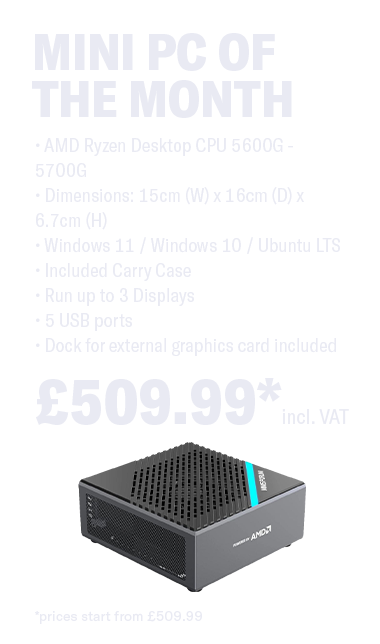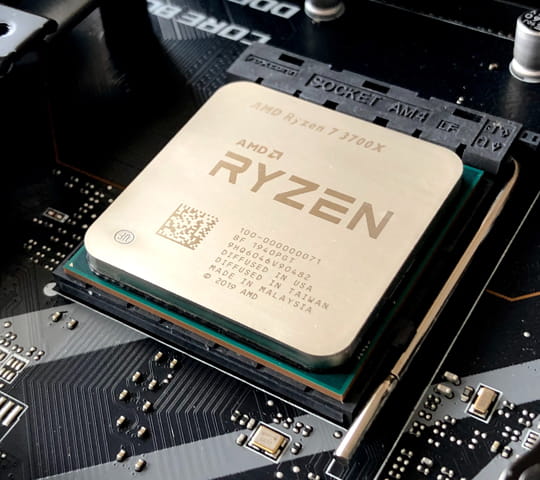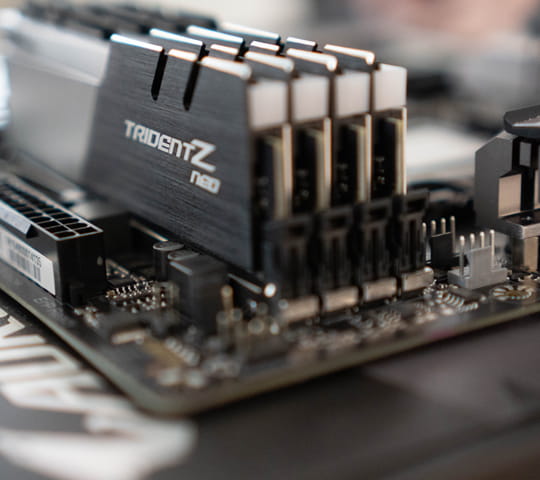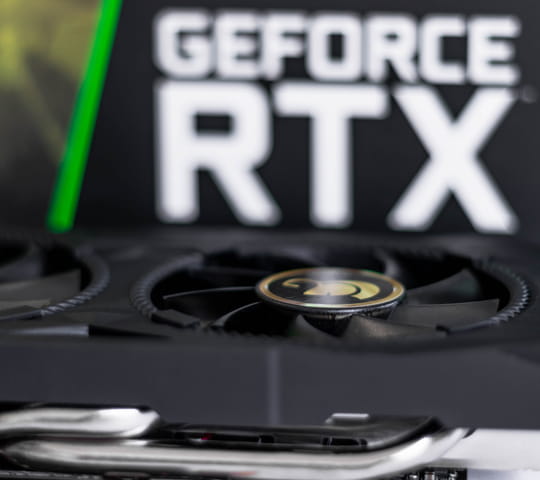
Which is the Best PC for a Photographer?

Best CPU for 2021
A photography hobby, as lucrative as it can be, also needs a lot of investment. In fact, Business News Daily pegs the starting costs at around £10,000. Between the cameras, lights, and lenses, it’s easy to miss out on budgeting for a computer, let alone getting the right specs.
This article will show you exactly what computer you need to get as a photographer.
Processor
When choosing the right CPU, there are two numbers you need to concern yourself with — clock speed and core count.
The core count tells you how many computing units the processor has. Basically, the more of these units you have, the faster the computations can be done. For photographers, this is important because you can easily spend hours on your post-processing.
The clock speed tells you the individual power of each core in the processor. This is measured in gigahertz (GHz). The higher the clock speed, the faster the cores are in the processor.
For optimum editing, we recommend processors with at least four cores and high clock speeds of 3.5 GHz or more.
- V8 Water Cooled 10th Gen Intel Mini ITX PC — You can’t go wrong with Intel’s 10th generation processors with their high core counts and industry-leading clock speeds. This unit is also water-cooled, which means heat won’t be an issue.


RAM
RAM or random access memory is the component in your computer that determines how many tasks you can take on at the same time. The more RAM you have, the more tasks your computer can simultaneously do. RAM is measured in gigabytes (GB).
Photographers usually have several folders and applications open when doing their post-processing. You’ll need at least 16 GB of RAM to make sure that all those open windows run smoothly. The good news is, our computers can be customised to have up to 64 GB of ram or even more.
If you want a more portable solution, this OneMix 10-in Mini Laptop offers a compelling value. It has the latest 11th generation CPU from Intel and its screen’s resolution guarantees that it’s sharper than Full HD — perfect for photographers.
Video Card
Although you don’t necessarily need a graphics card to use photo editing applications, it can significantly improve your work efficiency and productivity. Here’s Learn-Photoshop.Club with a list of the application’s features that are improved by a dedicated video card:
- Blur Features (Lens Blur, Spin Blur, Tilt-Shift Blur, and more)
- Smart Sharpen
- Select and Mask
- Artboards
- Select Focus
- Camera Raw
- Image Size — Preserve Details
- Noise Reduction
Most photographers also dabble in videography. When it comes to video editing, and 3D rendering for that matter, the more powerful the GPU, the better the experience will be. Just make sure to pair it with a good monitor.

Our recommendation
We recommend the CURVED ULTRA-WIDE 10TH GEN ALL IN ONE PC. It boasts a large, 34-in Samsung display that has a 1440p resolution (sharper than Full HD). It also has a 10th generation Intel CPU for power. But the best reason to get it is that it can be configured with NVIDIA’s latest 30-series graphics units — the best in the industry.
If you’re still unsure, speak to our team for a more customised recommendation.
